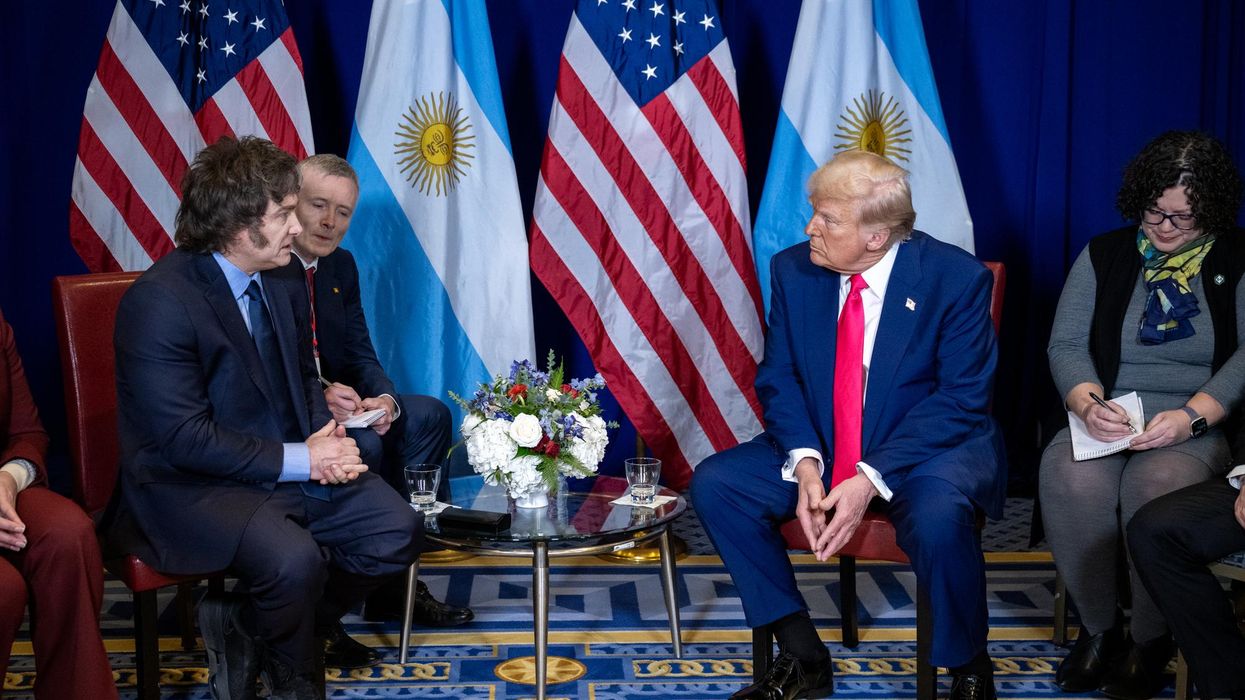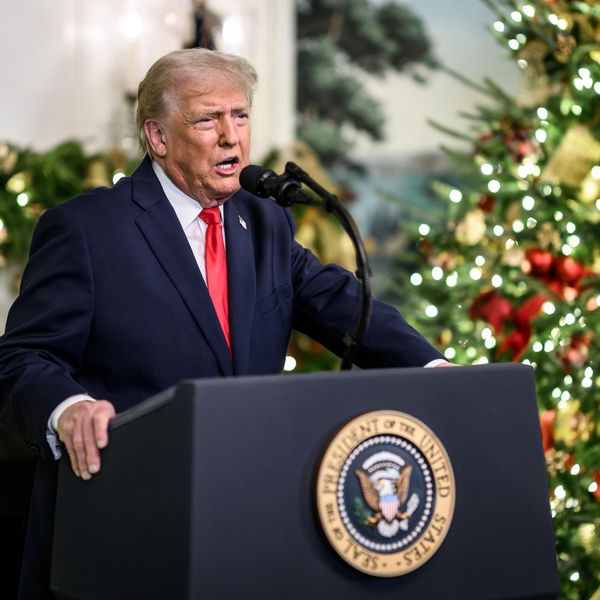This is part four of four, adapted from remarks to the U.S. National Defense University’s College of National Security Affairs (Nov. 16, 2022), and remarks to the China Centre, Jesus College, Cambridge University (Nov. 30, 2022).
Many assume that if the U.S. were to withdraw its commitment to military primacy in East Asia (as it seems to be doing both economically and politically) or to back off its current support for Taiwan’s indefinite separation from the China mainland, China would dominate the region. But this ignores the nationalism of both northeast and southeast Asian societies as well as the natural opposition of India to any such outcome.
The historical three-body structure of East Asian order seems to be reemerging, with a revitalized Japan and Southeast Asian coalition resuming their independent interactions with both each other and a rejuvenated China. In light of this, the question for the United States is not how to hang onto its monopoly of power on China’s periphery, but how best to support the countries of Northeast and Southeast Asia in their efforts to balance China while accommodating it. These efforts by them are firmly grounded in contemporary realities.
Without explicit support from the United States, Japan (one of the world’s largest economies and technology originators) is reemerging as an Asian politico-military power. North Korea has given up on its earlier aspirations to develop relations with the United States to keep China at bay and is perfecting a transoceanic nuclear deterrent directed at America. South Korea, with the seventh-largest armed forces in the world, is seriously considering supplementing its U.S. nuclear umbrella with its own nuclear weapons.
In Southeast Asia, a prosperous, stable, and resolutely strategic-minded Singapore provides exemplary counsel to ASEAN on relationships with the world’s great powers. Indonesia, Malaysia, and Vietnam are careful to maintain mutually agreeable relations with China, but none needs U.S. encouragement to resist Chinese encroachments on its economic interests and claims of sovereignty in the South China Sea. Thailand is back to its historically successful strategy of flexible balancing between potential foreign hegemons – in this case China and the United States. The Philippines is in search of an accommodation with China that reduces but does not eliminate its dependence on the United States. Cambodia and Laos have turned to China to offset domination by either Thailand or Vietnam.
Every country in East Asia would welcome a stable order that relied on a US-backed balance of power among the countries of the region rather than on bilateral confrontation between the United States and China.
The basis for such a US-supported regional order now exists. A balance of power does not – as many in the United States appear to believe – require the capability to annihilate a great power rival, but only the capacity to inhibit or check undesirable actions by it. In association with a less dominant but still impressively powerful United States, the Indo-Pacific states are now rich and strong enough to provide the foundation for an effective system of regional political, economic, and military checks and balances. Such a system would prevent the replacement of U.S. with Chinese hegemony; avert challenges to the national interests of China, its neighbors, and the United States; and preserve peace and stability in the region. But for such a regional order to emerge, the United States would have to:
— Base its policies on interests rather than ideology.
— Accept that its post-World War II primacy in Asia is no longer necessary or affordable.
— Agree to participate in regional economic groupings in which China has a position of parity or leadership (like the Asian Infrastructure Development Bank, the Japanese-sponsored successor to TPP, or the RCEP).
— Insist that its regional partners assume primary responsibility for their own strategic defense rather than volunteering to provide this regardless of what, if anything, they contribute; and
— Focus on promoting the development of U.S. regional partners’ economic, political, and military capabilities and connectivity rather than on preserving American primacy.
A transition to a regional balance of power in which neither the United States nor China is in command but that both are committed to sustain and help manage would require intensive consultations by both with each other and with others in the region. A shift to an inclusive balance of power arrangement for the Asia-Pacific would not be politically easy for Washington, Beijing, Tokyo, or other regional capitals but, with far-sighted and resolute leadership in these capitals, it could be realized.
In such an order,
— Both China and the United States would accept Japan’s return to a status as a great politico-military as well as economic power. Such a Japan would have a continuing special relationship with the United States but its own independent defense relations with other Indo-Pacific countries, like Australia, India, Indonesia, the Philippines, Thailand, and Vietnam.
— The United States would reaffirm the “interest in a peaceful settlement” by the parties to the Taiwan issue themselves that it officially espoused in 1972 and encourage negotiations between Taipei and Beijing to accomplish this goal.
— A peace treaty would replace the armistice in Korea and the United States would recognize the DPRK (repulsive as its political system is), ending Pyongyang’s fears of U.S. attack to accomplish regime change. The two states on the Korean Peninsula would be left to assert their geopolitically strategic independence, balance each other, and resume the traditional role of states on their shared peninsula as independent buffers between China and Japan.
— All participants in the Indo-Pacific balance would accept the freedom of ASEAN member states to coalesce and cooperate as necessary to temper and counter great-power rivalry in Southeast Asia, and to draw on India and other outside powers, including China, the EU, Japan, Russia, and the United States, to this end as required.
— All would acknowledge the logic of ASEAN member states, like Cambodia and Laos, seeking protection from the ambitions of more powerful neighbors with great powers both in the region and outside it.
— The United States would support the development of regional associations and processes to support negotiated solutions to territorial and resource management disputes like those in the South and East China Seas, rather than take sides in these disputes.
This agenda may sound diplomatically challenging – even utopian – and it certainly would not be easy to achieve. But if the United States does nothing, currently shifting balances of power and increased hedging of the sort that the regions’ countries are already engaged in will likely produce a ragged facsimile of it. With or without American encouragement, Japan will sooner or later reemerge as an independent great power. Taiwan’s status will one way or another be resolved. Unless allayed, the DPRK’s paranoia will further increase the lethality of its hostility to America. ASEAN nations will make their own accommodations with China either in concert with the United States or in defiance of it. National security concerns by regional states will drive them to seek support for their independence from each other as well as external powers. Territorial disputes will fester until armed conflict resolves them. But wise statecraft can anticipate adverse trends and turn them to the national advantage.
There is no advantage to leaving the future of the Asia-Pacific region to chance or to the impact of adverse trends. U.S. and allied countries’ statecraft and diplomacy should instead shape the regional order, backed by political, economic, and military capabilities whose configurations reflect the strategy the diplomacy is designed to advance. The object should be to dissuade China from any effort to control or dictate the region’s future and to reduce the need for war to prevent this. It is not in the U.S. interest – nor is it in the interest of the countries in the region, including China – for peace and prosperity to depend on military confrontation and the threat of armed conflict between China and the United States.
The Asia-Pacific region needs an American and Chinese-backed balance of power that leverages the rising capabilities of the region’s independent states to counter any great power effort – American or Chinese – to coerce them. Such a balance would enable the United States and China to offset each other’s wealth and power at levels of commitment that are affordable in terms of both blood and treasure. It would provide affordable security for American interests in Asia. And it would benefit China by averting the temptation of neighboring states to join the United States in hostility to its rise, setting aside some drivers of bilateral confrontation with the United States, re-enabling the development of a mutually beneficial Sino-American relationship, and restoring credibility to the prospect of a peaceful resolution of Taiwan’s political status. For all in the region, such a balance would provide both surer and more affordable political, economic, and military security.
In his inaugural address as president in January 1961, John F. Kennedy electrified America and the world with his declaration that: “We shall pay any price, bear any burden, meet any hardship, support any friend, oppose any foe to assure the survival and success of liberty.” That remarkably combative spirit led Americans and our allies into the abyss of Indochina and subsequent ‘forever wars.’ Kennedy’s call still resonates but it is not a guide to a more peaceful and prosperous world.
The United States is beset with debilitating problems at home that ideological adventures abroad cannot cure and will only exacerbate. These problems must be addressed to ensure that the U.S. remains both prosperous and internationally competitive. It is time to recognize that, in the Asia-Pacific, sound policy must be rooted in the capabilities and intentions of nations there, not on ruinous, inevitably futile efforts to retain U.S. dominance. The United States cannot be more willing than the countries of the region to resist coercion or to coalesce to assert and defend common political, economic, and security interests. But in America’s own interests, it should be willing to help them do so.
It is time to replace hubris with realism in U.S. Asian policy and time to temper military confrontation with strategy, statecraft, and diplomacy. It is also time to replace paternalism in U.S. relations with Asian ‘allies’ and friends with a respectful regard for the dilemmas they face and with careful listening to their ideas about how best to sustain their independence and development as the distribution of military, economic, and political power in their region continues to shift.
Read Part 3: Asian countries wise up and don’t depend on US to balance China’s power
Read Part 2: Why Taiwan’s dependence on the US is not a safe bet
















